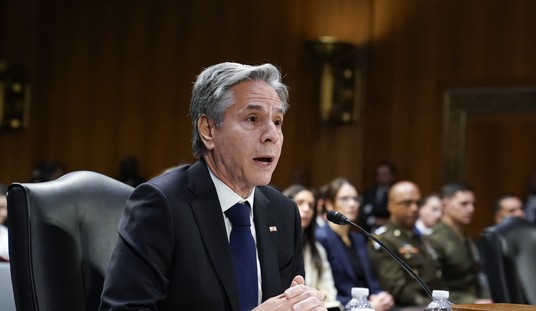On March 18, Senator Barack Obama urged what the media labeled a “national dialogue on race.” One week later, Colorado’s Secretary of State approved a ballot initiative to permit Colorado voters to participate, along with three other States, in a dialogue on race that began over a decade ago. If past is indeed prologue, on Election Day, these four States will join California, Washington, and Michigan in embracing Supreme Court Justice Scalia’s sentiment, “In the eyes of government, we are just one race here. It is American.” Other States will join them.
What is it that foreshadows Americans’ view that their governments may not distinguish between and among their fellow citizens on the basis of race? For one, the Declaration of Independence, which Reverend Martin Luther King, Jr., called a “promissory note” to the American people. Sadly, more than two centuries passed before that note came due for all Americans when, in 1965, Congress adopted the Civil Rights Act, which, Senator Humphrey assured his colleagues, did not allow racial quotas or preferences.
A mere 12 years later, in 1977, Congress reneged, providing for racial quotas in a public works bill. Then, in 1980, the Supreme Court upheld that law as limited in extent and duration. Thus emboldened, Congress extended racial quotas to nearly every federal agency. Soon state and local governments joined in.
In 1990, the Court revisited what was termed, inaccurately, “affirmative action”; by 6-3, it vitiated Richmond, Virginia’s race-based system of awarding contracts. Then, in 1995, in Adarand v. Peña, a Colorado case Time Magazine called “a legal earthquake,” the Court declared, “Distinctions between citizens solely because of their ancestry are by their very nature odious to a free people,” mandated “strict scrutiny” when Congress uses race, and doomed affirmative action. Unfortunately for the family bringing the suit, Randy and Valery Pech, who owned Adarand Constructors, Inc., the Court remanded it for more fact finding.
Recommended
That same year, University of California Regent Ward Connerly, who had tired of California’s use of racial preferences for college admission, sponsored a successful resolution ending the practice. In 1996, he placed on the ballot the California Civil Rights Initiative (CCRI), which was modeled after the Civil Rights Act of 1965. Opposed by California’s media, educational, and political elite, it passed 55 percent to 45 percent. Two years later, Connerly led a similarly successful effort in the State of Washington.
Meanwhile, spurred by the Supreme Court’s Adarand ruling, Congress, for the first time, debated the constitutionality of awarding contracts based on race. Not surprisingly, it demurred, leaving the matter to the courts. In 2001, Adarand returned to the Supreme Court, where it, at the Bush Administration’s urging, declined to rule. Thus, it left standing a U.S. Court of Appeals for the Tenth Circuit ruling that turned the Court’s 1995 ruling on its head by authorizing use of racial quotas. Then, in 2003, the Court ruled the University of Michigan Law School could grant admission on the basis of race for another 25 years. Later that year, the Court, over the vigorous dissent of two justices, refused to hear an appeal by Marc Lenart of Lafayette, Colorado, who sought to overturn the Tenth Circuit’s perversion of the Supreme Court’s Adarand ruling.
The “national dialogue on race” as to government, race-based decision making was over at the Supreme Court; however, it was not finished in Michigan. Jennifer Gratz, lead plaintiff in a successful challenge to Michigan’s undergraduate admission program, returned to fight for the Michigan Civil Rights Initiative (MCRI) and thus end the Michigan law school’s race-based policy. In 2006, by a vote of 58 percent to 42 percent, the MCRI passed; Gratz had snatched victory from the jaws of defeat.
In Colorado, Randy Pech, Valery Pech Orr, co-proponent of the Colorado initiative, and Marc Lenart hope for a similar victory. If they get it, it will be without Senator Obama’s help; he opposed the MCRI.























Join the conversation as a VIP Member